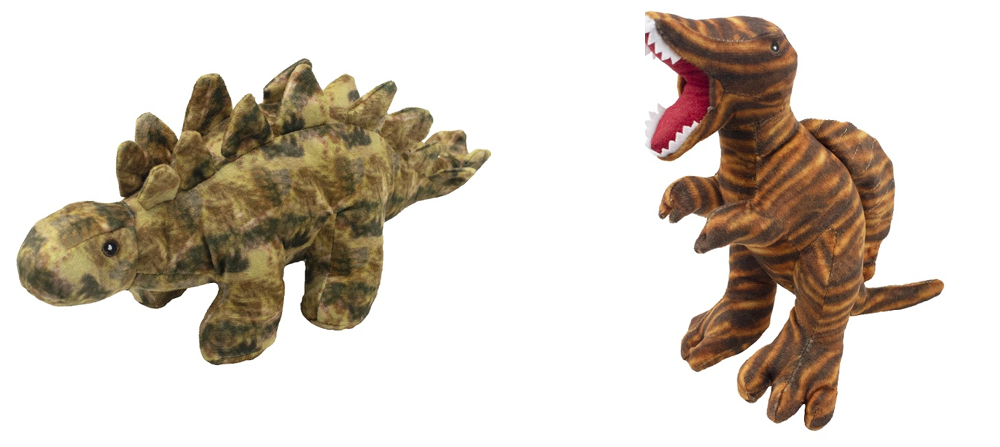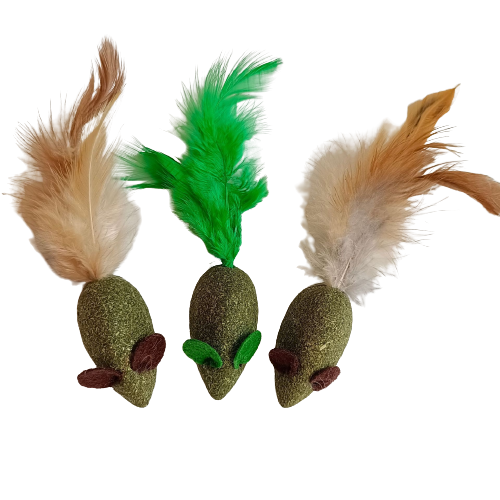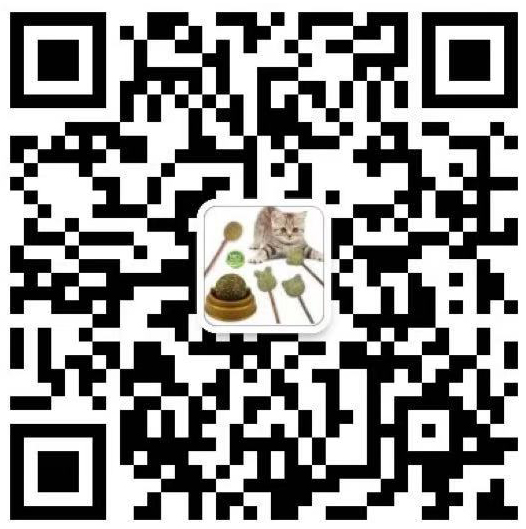About Us
How to make pet dog stuffing plush toy sample
Views : 3661
Update time : 2022-03-09 16:07:00
How to make pet dog stuffing plush toy sample
Pet toys involve many materials and types, plush, vinyl , latex, rubber, wooden and so on.But it is usually classified into two categories: (1) Soft toys-mainly textile material technology. (2) Hard toys—mainly craftsmanship of materials other than textiles.
Pet plush toy is a kind of pet toy,and covers high proportion. It is made of plush fabric + pp cotton and other textile materials as the main fabric and filled with various fillers. It is called plush, which can also be called pet soft toys or pet stuffed toys.

Pet plush toys are in a variety of styles, and it can be said that they are the most popular pet toys.Each Pet Show, you will see a variety of toys, so how are these cotton-filled toy samples made? Sometimes the customer will ask the sample to confirm the order, and sometimes the customer will look directly at the picture to confirm the order. But either way, it must be made paper moulding before mass production. That is to say, a sample needs to be made. During the process of making the sample, what problems will occur and how can be improved, so the process of making a sample is very important. But what is the process of making samples of pet stuff plush toys, and what should I pay attention to?
The overall production process of dogplush toys is roughly divided into these parts:Provide design drawings or physical samples-proofing-physical quotation-confirmation model-typesetting-buying materials-cutting-sending-embroidery-printing-accessories-sewing-hand-cutting-thread-integral-testing needle-finish. we will explain the specific steps one by one.But this chapter mainly explains the most important part, which is pattern development or pattern making. First of all, we confirm whether the customer has a physical model. If the customer has a physical model, we can directly make a sample based on the customer's model or as a reference. If the customer does not have a real model, we will provide a picture doll to make a model.
When the customer provides drawings to the pet plush toy manufacturer, the designer needs to correctly identify the requirements of the original model, and then distinguish the materials and process methods corresponding to the model according to the requirements. For example, for cutting methods, if you need to punch a template, you should make a knife mold. If you need a hot fleece, you should make a hot melt plate. If it is normal cutting, you need to make a template for cutting as required. The general materials used to make the model: 200 cardboard for the original model; 0.8mm flexible paper for the production model. The sample paper should be flat, clean and dry.
The production of pet plush toy patterns is a technical design work, but it does not mean that toy design is just the patterns. Pattern making is part of toy design. The more experienced you are, the more vivid and classic your plate will be. Plush toy designers have their own methods and strengths in the production of patterns, but in the end, they are concise, material-saving and convenient for mass production, and the samples made at the same time are as close to the design drawings as possible.
Procedure of Stuffed Animal Toy patten making
According to the design, determine the size and proportion of the sample
Before making the paper moulding, make sure the size of the sample you want, and the proportion of the artwork based on the size. At the same time, according to the sample size, the proportion of each part of the physical sample is determined. The pattern of toys should start from the whole, starting from the large version, usually from the body, so that it is easy to unfold other plates based on this, and it is easy to modify.
The relationship between dog soft toy pattern and 3D space
Stuff pet toy pattern making is to change the plane picture into a 3-D shape, which requires the designer to have a certain spatial imagination when producing the film, and show these on the piece of paper. A Radian size, direction, folding shape can reflect the level of a designer. On the face of it, the fullness and roundness of the plush dolls after the row can reflect mature experience and skills. Such as the head of a conventional plush doll, the front should be round, the cheeks should be full, the sides should be round, and the tip of the mouth should be slightly warped, and the forehead should be broad and smooth, similar to the head of a child. These all have certain attention and conception on the paper, which also contains some design skills, but also experience. We can simply understand that the three faces form a three-dimensional space, which we can understand as a body of head, body and legs. Therefore, when making a pattern, the designer should open the combined paper file from the point of view of three-dimensional space. As for the simulation of the pattern, it is more refined, the basic principle is like this.
1.The influence of pet toy drawingg on the designer's paper pattern
General pet toy pattern through the side, front, bottom to take large pieces, designers can draw these toy pictures, which is of great help to the pattern.A toy's pattern shape is based on the shape of the toy drawing, the plush toy drawing proportion is correct, relatively speaking, the proportion of the pattern will be very correct. In this way, the number of toy trials is reduced and the efficiency is improved and save material.Therefore, dog and cat toy pattern designers should continue to strengthen their ability to draw and shape
2.The relationship between pet soft toy pattern and production
The pattern designed by a mature designer should be vivid and concise, which is convenient for the factory's mass production. Don't bring production difficulties to the factory, try to reduce some complicated handwork, so that the production can be completed smoothly.A good and mature sample should be cute in shape, correct and reasonable in proportion, simple in pattern and image, which is conducive to typesetting and cutting in production, saving materials, and low production cost. So Some factories regularly send designers to special schools to study.
3.The relationship betweenpet toy paper pattern and safety
The safety of patterns mainly refers to the safety of toy accessories.The safety of patterns mainly refers to the safety of toy accessories. Designers must consider the issue of safety, in the pattern design, not only to achieve their own purpose: image, beauty, but also to try to make it attached to the toy, the exposed gap to the dog's claws can not be put in, pull off. Because dogs and cats are easy to tear toys, some patterns of designers fail to take into account the pattern direction of the cloth and the physical properties of the pattern, and make some opening position, inner arc position, oblique cross position of the pattern, etc., which are easy to make the toys tear and move, expose fillers, and cause harm to pets. Therefore, when making a pattern, the designer must consider the problem of safety and improve the pattern.

The safety of patterns mainly refers to the safety of toy accessories.The safety of patterns mainly refers to the safety of toy accessories. Designers must consider the issue of safety, in the pattern design, not only to achieve their own purpose: image, beauty, but also to try to make it attached to the toy, the exposed gap to the dog's claws can not be put in, pull off. Because dogs and cats are easy to tear toys, some patterns of designers fail to take into account the pattern direction of the cloth and the physical properties of the pattern, and make some opening position, inner arc position, oblique cross position of the pattern, etc., which are easy to make the toys tear and move, expose fillers, and cause harm to pets. Therefore, when making a pattern, the designer must consider the problem of safety and improve the pattern.
After the cardboard is finished, the most important thing is to bind them up.
in order to facilitate the correct identification of the model, the logo of the model is very important. The mark of the model includes: product model, product name, part name and model number, material name (process requirements). The silk flow direction, the number of pieces, the positioning mark, etc. must be marked with all the above contents on the template. If the template area is too small to mark all the contents, the template number can be marked, the production process technical requirement sheet, and the process technical requirements can be marked Find the corresponding content on the list.
Pet Toy development Method and skill requirements
1. Shape Determine
Sometimes the customer provides a concept, or some reference pictures, or artwork and sometimes a front view, or a diagonal view.In short, if the picture provided is not complete, then the first step should be to determine the shape of the toy. Decide the direction of production. That is, it is necessary to draw the front and side view of the toy accurately according to the required size. (Line drawing-requires a certain degree of hand-drawing ability.)
2.Segmentation marker
Analyze the picture and treat the pattern as a three-dimensional transparent perspective. Divide the whole and mark it with a pen. (requires spatial imagination and 3D Imagination.)
3.Measure the line length in the divided plates, and use geometric knowledge to do some calculations to identify the calculated data of each plate.
4.Expand the divided sections in the picture. Put the calculated data on to deal with the angular relationship between the plates
General speaking, pet toys are divided into up and down and left and right structures, and the paper pattern is about 1/4 longer than the picture
5.The opening of the film should be in order.
Start with the face, mouth, head, ears, belly, back, hands, feet, tail, so that you can aim at sewing.
The splicing process.
Craft and Technology for the Pet Plush Toys
First. Cuting material
During the cutting operation, the unit cutting quantity should be calculated and arranged according to the information indicated in the layout diagram and according to the requirements of the production batch. Nesting is carried out in a way that consumes the least amount of material.
Second. Sewing
1.Align and sew the edges of the upper and lower pieces from the reverse side, and no thread is exposed on the front side
2 Stitch three or more pieces from the reverse side, the middle one. The cut piece is a clip, and no lines are exposed on the front.
3.Top stitch sewing on the front. Sew small pieces of cut pieces on the surface of larger pieces from the front open thread.
3.Top stitch sewing on the front. Sew small pieces of cut pieces on the surface of larger pieces from the front open thread.

Third. PP filling
Start filling from the position closest to the fabric, and then fill the center. The sample is made by sewing the cloth pieces of the sample board, leaving a hole in the back and so on, and inserting it manually. If there are many products, use the machine to plug it in.
Forth. Hand needle joint (closed) It is impossible for the machine to complete all the processes, and the plush toy must leave a hole in the end. After the filling is completed, workers need to sew the seal by hand.
At this stage, pattern designers usually use cheap fabrics to make "samples" to evaluate how the templates fit together. Then compare the sample with the original image and make adjustments as needed.
Some products are more complicated, we have to send embroidery, printing and accessories according to the design of the doll, as shown in the figure.
Forth. Hand needle joint (closed) It is impossible for the machine to complete all the processes, and the plush toy must leave a hole in the end. After the filling is completed, workers need to sew the seal by hand.
At this stage, pattern designers usually use cheap fabrics to make "samples" to evaluate how the templates fit together. Then compare the sample with the original image and make adjustments as needed.

Last. Duplicatehe the production model should be precise, and it must be consistent with the original model. If the length of the template is less than 10cm, there must be no error, and if the length is more than 10cm, the error is allowed within the range of 0.5cm. In order to maintain the accuracy of the model and check the deformation of the model, it is necessary to repeatedly check with the
original model during use. If there is any non-conformity, replace it in time. When the fabric is cut and there will be errors due to the material or process of the fabric, it is necessary to consider the enlargement or reduction of the sample, but this can only be confirmed after the sealing of the sample.
相关新闻



